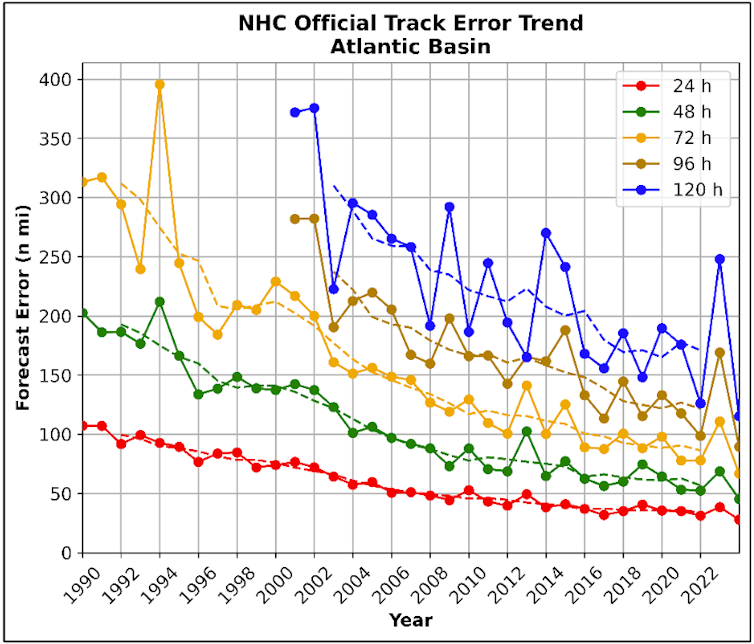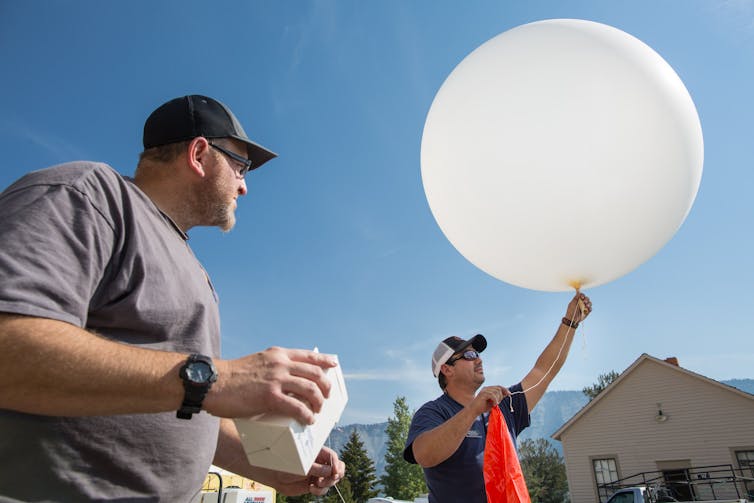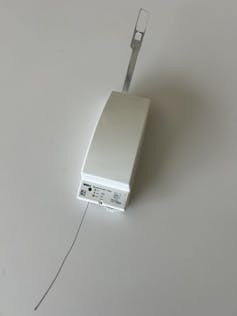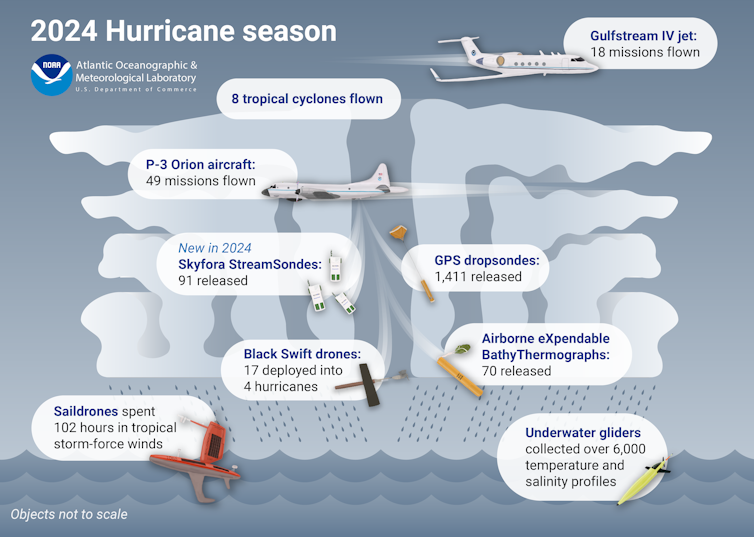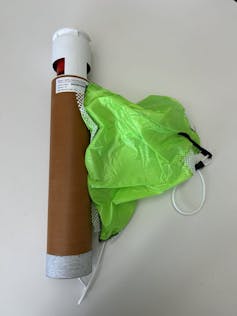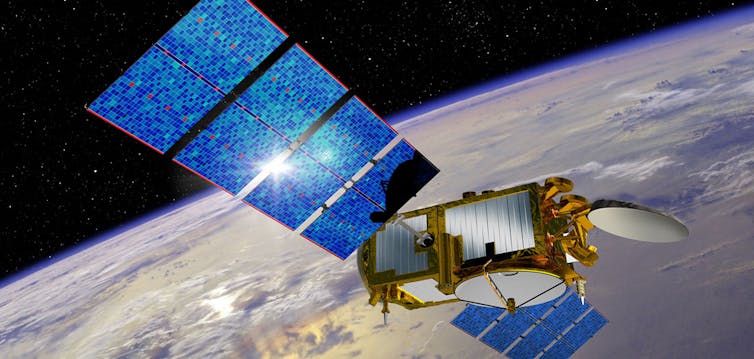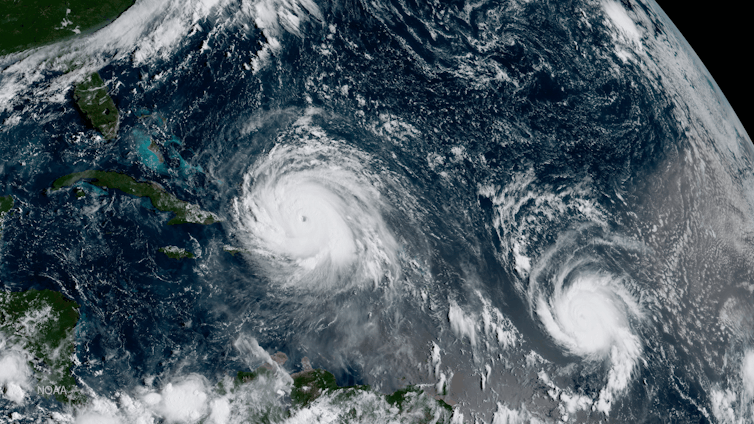Last winter was marked by several maritime accidents in Russian waters.
These events raised doubts about the ability of the country’s emergency services to respond promptly and effectively.
The latest incident occurred on February 9, when the Chinese bulk carrier An Yang 2 ran aground off the coast of Sakhalin due to a
hull breach.
Two weeks earlier, the Russian nuclear icebreaker 50 Let Pobedy
collided with the cargo ship Yamal Krechet while breaking ice in the Kara Sea.
Both vessels managed to continue operations and reached their ports independently.The most serious environmental damage among these was caused by a
series of oil tanker accidents with the Volgoneftfleet in the Kerch Strait.
On December 15, in bad weather, two tankers carrying fuel oil crashed, spilling approximately 4,000 tons of oil products into the sea.
On December 17, another tanker issued a distress signal due to a crack in its hull and was towed to safety, preventing a spill.
According to official assessments by the Russian Academy of Sciences, it may take 10 to 15 years for the ecosystems affected by Kerch to recover.
If an accident like this was to occur in the Arctic, with its harsh climate, fragile environment and vast distances, the consequence could be much more severe.
The 1989 Exxon Valdez oil spill off the coast of Alaska
demonstrated that oil persisted in the Arctic environment even after 20 years, and a full ecological recovery could take more than 50 years.
In financial terms, Rosatom estimates that within the first 24 hours, damage to water bodies from an oil spill on the Northern Sea Route (NSR)
would exceed100 billion rubles.
During the fall of 2024 alone, there were three incidents along the NSR:
Alternative:On September 5, the research vessel Akademik Nikolay Strakhov
suffered a main engine failure and lost propulsion in the Kara Sea.
Assistance arrived only two weeks later and towing to Murmansk was completed on September 27.
On October 6, the dredging vessel Nordic Giant ran aground near Teriberka in the Murmansk region.
The rescue operation to refloat the boat only started 41 days later, on November 16.
On October 30, the tanker Ammolite lost control in Ugolnaya Bay (Chukotka) when fishing nets became entangled in its propeller, forcing the engine to shut down.
The tanker awaited assistance for 12 days, causing
media concern due to stormy weather and temperatures as low as 32°C, with 4,000 tons of oil products onboard.
The expected icebreaker rescue vessel Spravedlivy was unavailable because it was assisting other ships.
Earlier, on June 4, another accident
occurred.
In the Yenisei Gulf of the Kara Sea, the ice pressure capsized and sank the tugboat Baikal.
With the assistance of the icebreaker Vladivostok it was trying to approach the drifting barge Dikson, which had broken free from its moorings due to ice drift.
One of the nine crew members of Baikal went missing, while the others were rescued.
An investigation by Russian transport authority Rostransnadzor revealed that the accident was caused by the absence of a towing operation plan for ice conditions, a failure to maintain a safe distance between the icebreaker and the tug, and a failure to provide information in a timely manner.
Just a month after this accident, on August 1, 2024, Rosatom – which manages the NSR –
reported that no emergencies had occurred on the route in the two years since Northern Sea Route administration came under its control on August 1, 2022.
These accidents have not caused significant environmental damage, but they raise concerns that if a more serious accident happens, rescue ships might take too long to arrive, and the available resources may not be enough to handle the situation.
Emergency Response Infrastructure on the NSRCurrently, emergency response infrastructure along the NSR is underdeveloped, a fact
acknowledged even by Russian officials.
Several agencies are involved in handling emergencies in the Arctic, but the key players are the Ministry of Transport, the Ministry of Emergency Situations (EMERCOM), and Rosatomflot.
The Marine Rescue Service, under the Ministry of Transport, is responsible for search-and-rescue operations and oil spill cleanup when tanker owners or extraction companies cannot handle their spills themselves (despite the fact that by law says they
must do so).
In the Arctic, its units operate in the ports of Murmansk and Dikson, with rescue sub-centers in Arkhangelsk, Pevek, and Tiksi.
However, the Pevek and Tiksi sub-centers operate only during the summer navigation season, leaving the entire area from Novaya Zemlya to Chukotka under the responsibility of the center in Dikson during the rest of the year.
In emergencies, both natural and man-made, EMERCOM assists with rescue operations.
If an operation takes place at sea, EMERCOM is responsible for aviation support.
However, search-and-rescue helicopter coverage only extends to a small portion of the NSR’s navigable waters.
There are also EMERCOM emergency rescue centers in Arkhangelsk, Murmansk, Vorkuta, Naryan-Mar, and Pevek, with search-and-rescue teams in Dudinka, Nizhneyansk (Yakutia), and Chersky (Yakutia).
Additionally, plans are underway to establish three new centers along the NSR in Sabetta, Dikson, and Tiksi.
On November 19, 2024, news
emerged that another center would be built in Khatanga on the Taymyr Peninsula.
However, the creation of these centers has been delayed.
Initially, 10 emergency response centers were planned along the NSR by 2015, but only three were completed on time.
Deadlines were repeatedly put back, and most of the centers remain unfinished.
In addition to land-based response centers, a search-and-rescue fleet, including vessels with the appropriate ice class, is essential for ensuring the safety of both ships and their crews -as well as the environment.
However, along the more than 5,000 km stretch from Murmansk to the Bering Strait, there is only one Marine Rescue Service vessel of Icebreaker 6th class and two Arc5-class vessels assigned to Arctic ports.
The remaining ships have an ice class of Arc4 or lower.
Even Icebreaker 6 and Arc5-class vessels cannot navigate the Northern Sea Route during winter without icebreaker support.
The NSR Development Plan until 2035
envisions the construction of 46 emergency rescue vessels by 2030.
Initially, 16 of them were scheduled for delivery in 2024, but only two were completed, while the construction of the remaining vessels has been delayed due to shortages of imported components caused by international sanctions.
As a result, it is unlikely that all 46 vessels will be ready by 2030.
The Venta Maersk on the Northern Sea Route during September 2018.
(Source: Courtesy of Maersk)
Key Risk FactorsBetween 2009 and 2020, a total of 520 maritime accidents and incidents
were recorded in Arctic waters, mostly due to equipment failure, ice compression, storm damage, grounding, or collisions.
The likelihood of future accidents and associated environmental risks continues to rise with increasing shipping activity.
An EMERCOM report
highlights key risk factors in the Russian Arctic, including growing cargo traffic on the NSR, new investment projects, aging icebreaker fleets, and climate change.
These risks are further exacerbated by the emergence of so-called “shadow fleets,” consisting of older vessels (15 to 20-plus years old) lacking proper insurance.
Such ships often disable identification systems and
conduct risky oil transfers at sea, increasing the likelihood of spills.
However, spills can occur from any vessels that use petroleum products as fuel.
Most ships operating along the Northern Sea Route still use the dirtiest fuel—marine fuel oil (heavy fuel oil, HFO).
Tellingly, Russia is the only Arctic nation that
has not joined the International Maritime Organization’s ban on the use and transportation of HFO in the Arctic.
At the same time, there are currently no effective methods of collecting petroleum products in Arctic seas, and their natural decomposition in cold water occurs very slowly.
Mechanical collection is extremely difficult in the presence of ice and loses its effectiveness with each passing hour after a spill.
If petroleum products become embedded in the ice, their removal becomesalmost impossible due to the vast volumes of contaminated ice and the challenges of transportation.
Because of the great distances, rescue vessels may take several days or even weeks to reach the site of an accident.
Additionally, the lack of infrastructure and the limited number of emergency response centers hinder rapid assistance and complicate logistics in Arctic regions.
With environmental protection
taking a backseat to industrial development in Russia’s Arctic policy, the risk of severe environmental disasters continues to grow.
Links :








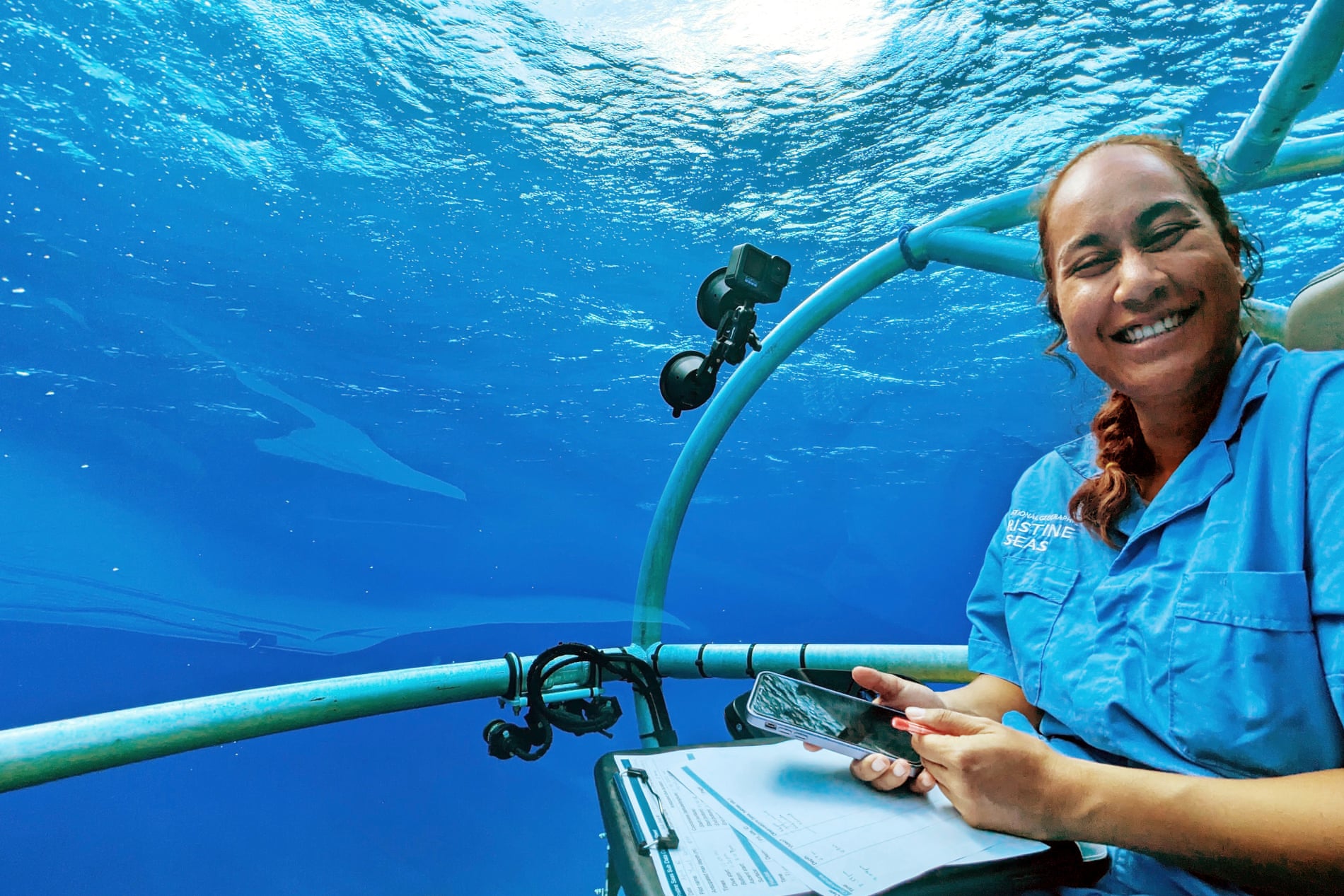
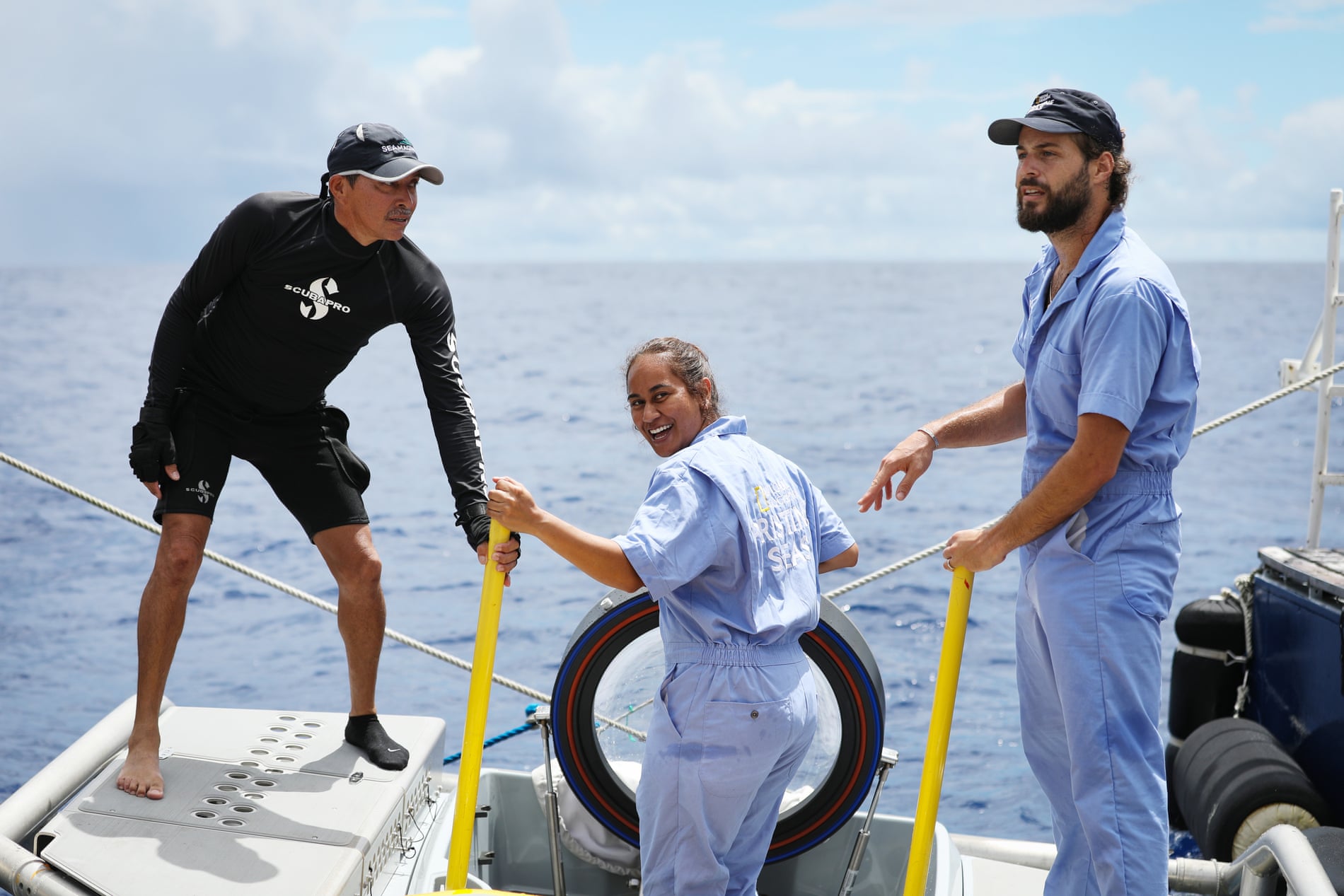
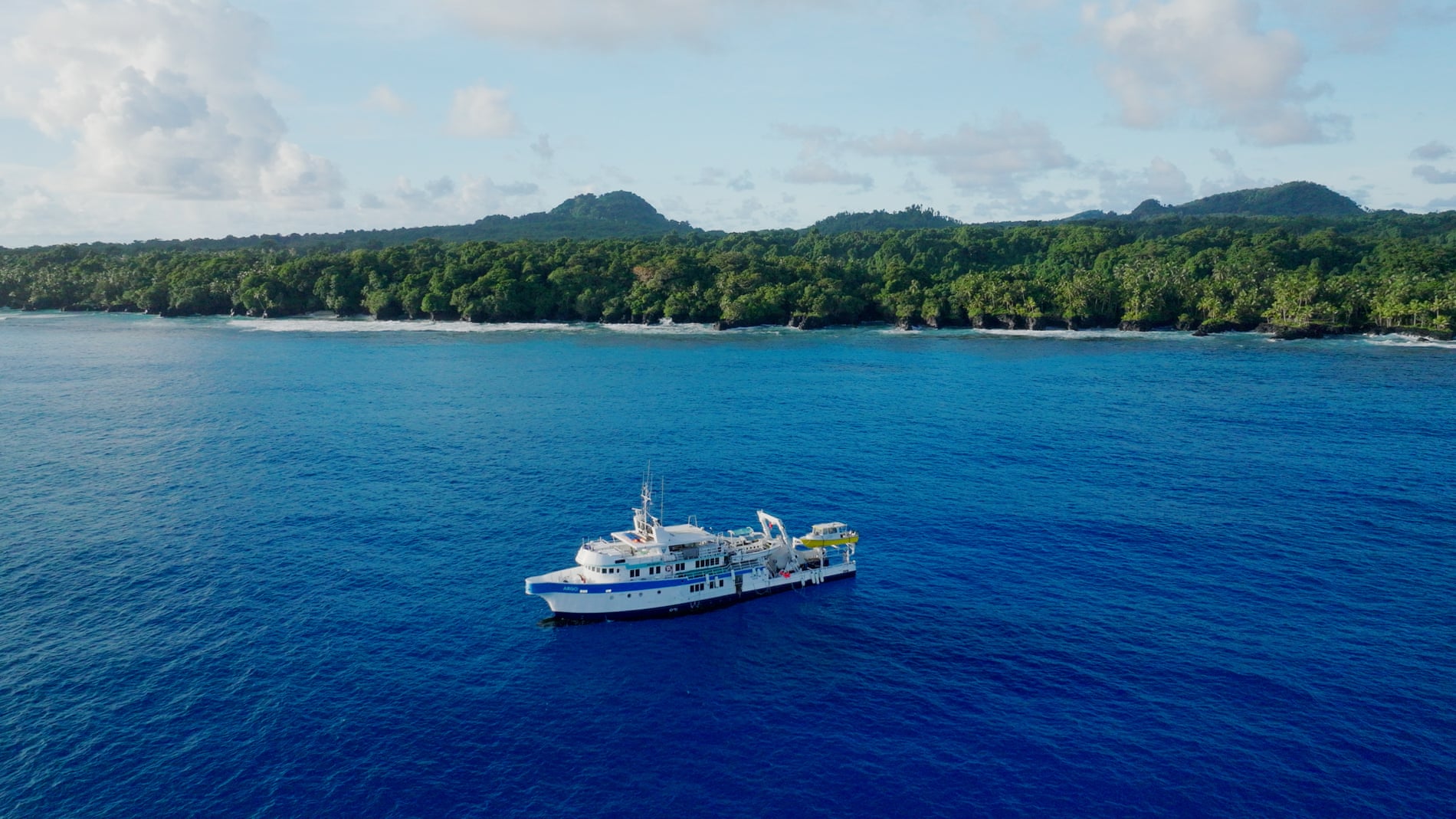


 Illustration
showcasing the mapping scope of the Portuguese seabed, encompassing
territorial waters and the envisioned extension of the continental
shelf.
Illustration
showcasing the mapping scope of the Portuguese seabed, encompassing
territorial waters and the envisioned extension of the continental
shelf.




